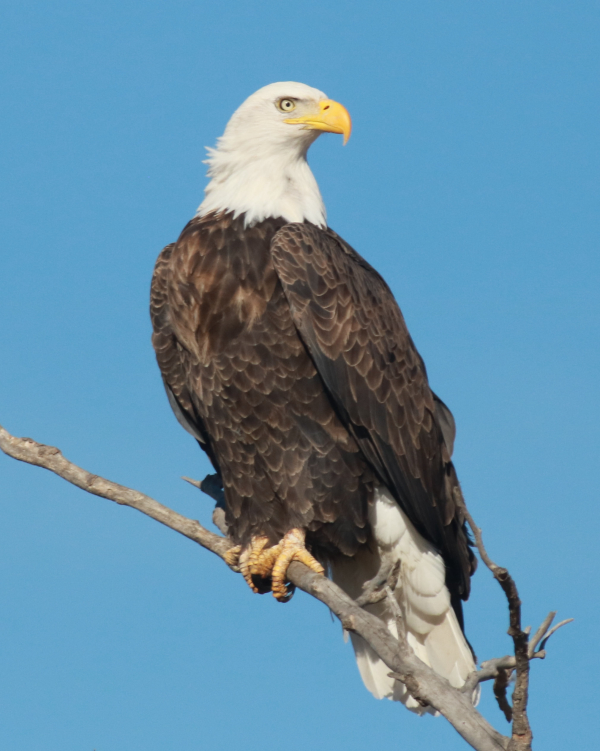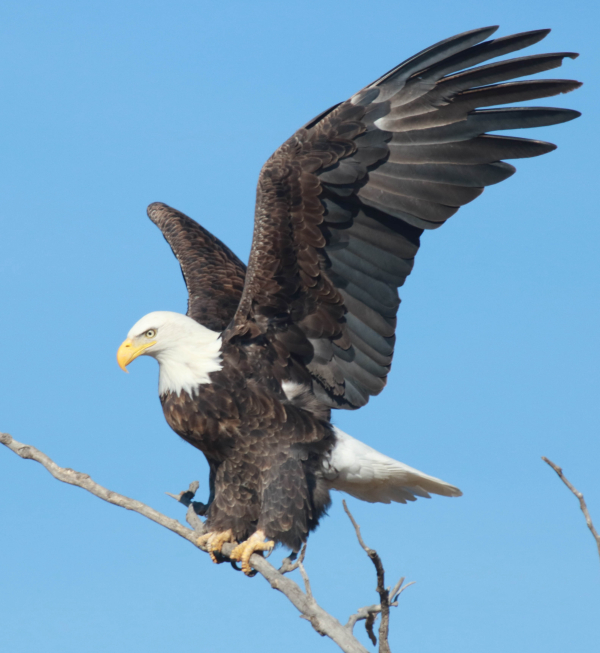
American birders have become a real economic force across the United States (photos by Paul Konrad).

|
With more than 1 in 3 American adults enjoying birding activities, the money they spend on birding-related products and travel contributes Billions of dollars to the economy – annually. Birders are spending more than 107 Billion Dollars annually on birding equipment that includes binoculars, cameras and lenses, spotting scopes, bird foods, feeders, nest boxes, and birding-based travel and tourism. According to a new article published by Audubon, just the federal tax revenue generated by birders adds up to 22 Billion dollars! There are Billions of dollars generated in state and local taxes too, from the equipment birders buy that adds up to a whopping 93 Billion dollars, plus the 14.3 Billion dollars devoted to birding travel.
Birders create big business, and today at least 91 million Americans are birders who feed birds and landscape their yards to attract and benefit birds. At the same time, many of these people also enjoy birding beyond home – more than 43 million Americans overall. (We believe that almost all birders who take to the field, local parks and natural areas also feed birds and landscape for birds at home.)
In the process, birders also supported 1.4 million jobs! And to put the total of more than $107 Billion spent by American birders into perspective, that is actually more than the gross domestic product of New Hampshire, and 10 other states. An example of the economic impact birders can have on a local economy was cited in the Audubon article that reveals that during one of the biggest birding festivals, The Biggest Week in American Birding, birders spent about $53 million in the area last year based on visitor surveys. This annual birding festival takes place in northwest Ohio, and last year about 70,000 birders visited Magee Marsh Wildlife Area during prime songbird migration.
The US Fish & Wildlife Service originally released the national report in November, which we reported about in the November 27, 2024 issue of The Birding Wire. This demographic and economic report provides some very insightful information about birders nationwide: Somewhat predictable, the report found that Americans of all ages enjoy birding, with the average age 49, but even among the youngest group, aged 16 to 34, about 30 percent are birders. Women and men participate at nearly equal numbers, with a slightly higher percentage of women birding.
Birders are now considered to be the world’s largest group of “eco-tourists,” and they are also one of the largest groups of outdoor enthusiasts. The Audubon article also reports that birding is popular across ethnic and racial groups, with more than 25 percent of Black Americans birding, along with more than 33 percent of Hispanic Americans, while Asian Americans participate at the highest rate of any group with nearly 50 percent identifying as birders. Numbers of birders have increased steadily since the 1970s, with big boosts in numbers during the 1990s and 2020s.
As a result of their numbers and spending power, birders are becoming more of an economic force, a cultural and conservation force, and even a political force. To learn more refer to the new Audubon article at Birding Is a Booming Hobby—and a Big Business | Audubon and you can refer to the original economic report prepared by the US Fish & Wildlife Service at Birding in the United States: A Demographic and Economic Analysis (fws.gov)